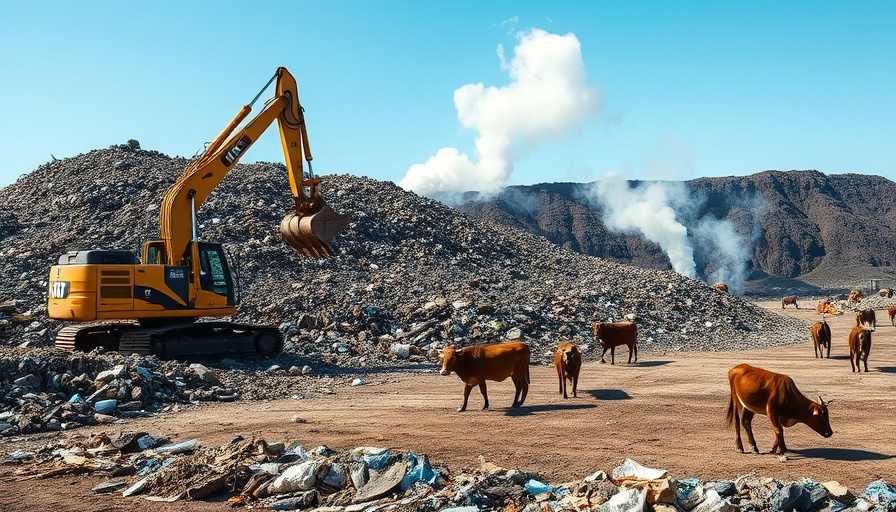
U.S. Energy Production Reaches New Heights in 2024
Recent analysis from the U.S. Energy Information Administration (EIA) reveals a significant milestone for America's energy sector, as the country produced a record amount of energy in 2024, totaling 103 quadrillion British thermal units (BTUs). This marks a 1% increase over the previous record set in 2023. This surge in production places the U.S. at the forefront of global energy generation, although there’s a nuanced story behind these figures.
Natural Gas Dominates the Energy Landscape
Natural gas continues to lead the energy mix, constituting 38% of the total production last year. It has maintained its status as the largest source of produced energy in the country since 2011. Meanwhile, crude oil accounted for 27% of the energy mix, while coal output hit its lowest levels since 1964, contributing just 10%. This shift underscores a broader transition away from traditional fossil fuels, which is critical given the urgent global demand for cleaner energy.
Renewable Energy Achievements Amidst Challenges
Notably, renewable sources like solar and wind energy made headlines as well, with solar capacity soaring by 25% and wind by 8%. Biofuels also saw an uptick in production, indicating a growing recognition of their role in the energy portfolio. However, it’s important to acknowledge the challenges facing these sectors. A lack of supportive policies for renewable projects poses threats to future growth, especially as the current administration hints at limiting permits for wind energy projects, potentially hampering progress.
Future Outlook for Renewables
Looking ahead, EIA forecasts continued growth in renewable sectors, with expected additions of significant gigawatts in solar and wind capacity in 2025. However, this optimistic outlook could be dashed if the U.S. fails to capitalize on global trends favoring renewables, as evidenced by recent investments from China and significant solar achievements in the EU. Without adequate policy support, the U.S. risks falling behind in the clean energy race, which could result in a staggering $50 billion in lost export opportunities.
What This Means for Californians
For California homeowners, this record energy production translates into both challenges and opportunities. While the state is leading in renewable energy initiatives, the dependence on fossil fuels remains strong. California residents can take proactive steps by investing in energy-efficient technologies and renewable energy solutions for their homes to align with the broader transition toward sustainable energy.
As the energy landscape evolves, it's crucial for Californians to stay informed and engaged with policies that will affect their homes and the environment. Now is the time to consider how individual actions can contribute to a more sustainable future.
 Add Row
Add Row  Add
Add 




Write A Comment